African mythology is composed of myths and legends that belong to the indigenous peoples of Africa. Mythology has an ever-present role in most modern African societies and cultures, being wholly integrated into daily life. While Christianity and Islam are the most popular religions in the continent today, most African religions have a consistent role in communities both big and small.
The legends, fables, and rich folklore of Africa have sustained practitioners from time immemorial. Vast and artfully maintained through oral traditions, African mythology has shaped the cultures of the world’s second-largest continent. Through unmatched resilience, the very same spiritual and cultural beliefs have continued to have an unwavering presence over the global African diaspora.
Table of Contents
What is African Mythology?
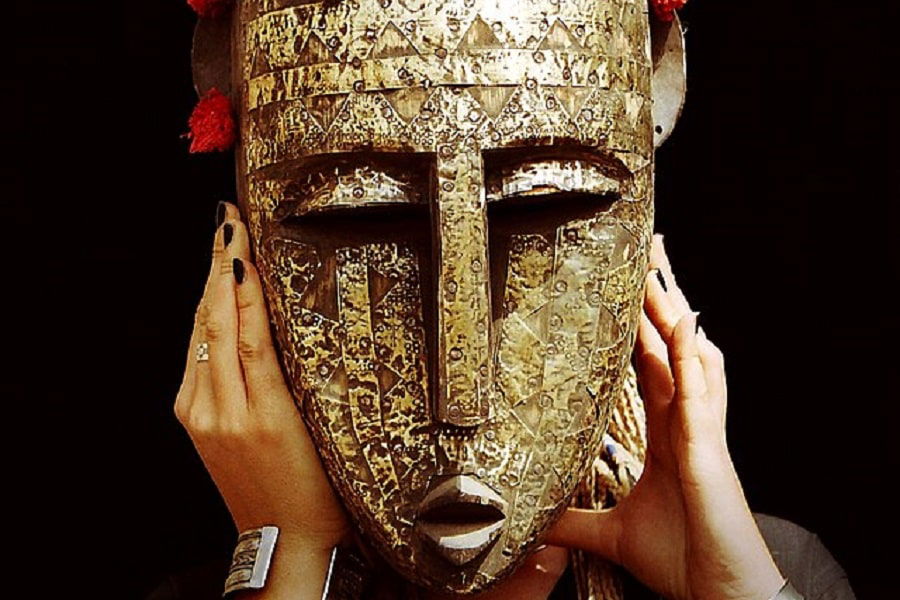
African mythology denotes the various mythologies belonging to the indigenous peoples of the continent of Africa. With close ties to African folk religions, pan-African mythology comes from rich oral cultures. Gods, monsters, heroes, and spirits could be found within most major African religions. Over Africa’s long history, traditional religions adopted elements from other major religions, including Christianity and Islam.
READ MORE: How Did Christianity Spread: Origins, Expansion, and Impact
How Old is African Mythology?
Given its extensive oral history, it is nearly impossible to know just how old African mythology is. Written accounts of African traditional religions didn’t emerge until the 19th century CE. However, African mythology is much, much more ancient.
We cannot emphasize enough the supreme influence oral traditions have on religious customs and the scholarly study of them. More often than not, we have a record of when a religious doctrine was committed to writing. This is usually way after the inception of the religion itself.
When it comes to most African traditional religions, beliefs and practices are orally passed down between generations. To get an idea of the actual age of African mythology (as broad as it is) context clues need to be used and more well-known mythologies of the continent need to be examined.
It is easy to forget that Egypt falls within North Africa, therefore making Egyptian mythology inherently African. Besides Egypt, the ancient Kingdom of Kush flourished in what is now modern-day North Sudan, giving the world rich Kushite mythology. These two ancient cultures got their footing between the 3rd and 2nd millenniums BCE. Which, to be fair, makes them archaic, but still younger than the eastern Sumerian religion.
READ MORE: Ancient Civilizations Timeline: The Complete List from Aboriginals to Incans and The 10 Most Important Sumerian Gods
The San people of South Africa have been around for at least 30,000 years and are considered the oldest tribe in Africa. Naturally, the San tribe has its own traditional religion, though it isn’t well-recorded. Therefore, the vestiges of African mythology could have been established as far back as the Upper Paleolithic Era (~50,000-12,000 years Before the Present). However, African mythology cannot be considered younger than the religions of ancient Egypt and Kush.
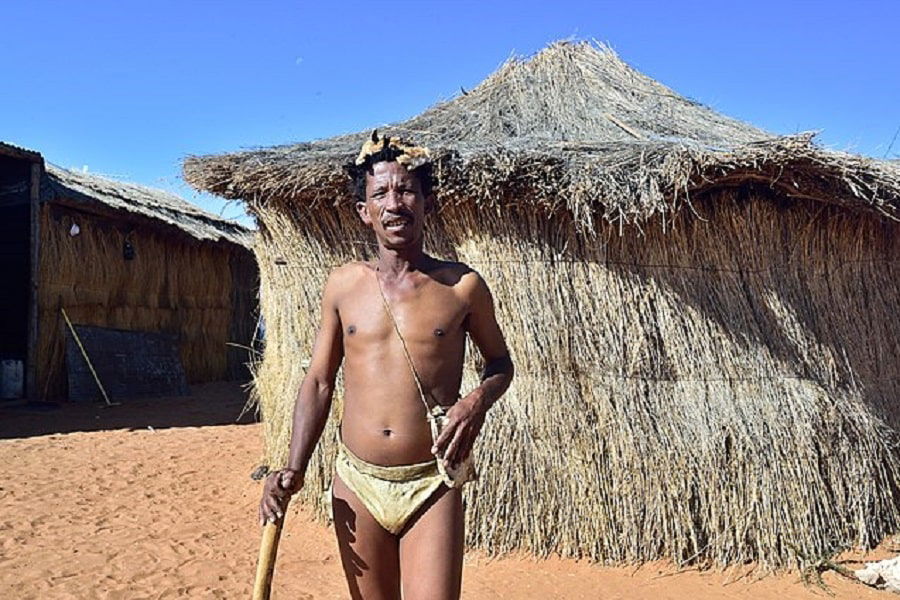
READ MORE: Prehistory: Paleolithic, Mesolithic, Neolithic Periods, and More
Is Voodoo African? How Does It Fit into African Mythology?
Voodoo, better recognized as Vodou, is an African diasporic religion. While branches of the religion, like Haitian Voodoo, can be traced to the 16th and 19th centuries CE, the actual roots of Vodou are possibly 6,000 years old. The base of Vodou is in traditional African religions, notably those of Dahomey, with significant influences from French Catholicism.
There are several major contributing factors to Vodou’s mingling of traditional African beliefs with the Catholic faith. At the forefront is the outlawing of African folk religions in Code Noir (1685) by King Louis XIV among enslaved peoples within the French colonial empire. As a result, those individuals had to convert to Catholicism. They did not have a choice.
Despite that, oral traditions persisted. Fables were shared. Old traditional faiths were maintained with a Catholic veneer. It is one of the primary reasons so many lwas of Vodou are synchronized with Catholic saints.
Of those African mythologies that acted as the base for Vodou, there is Yoruba mythology and the beliefs of the Fon and Kongo peoples of West Africa. The Kingdom of Dahomey acknowledged numerous religious practices, with officials adopting the Vodun beliefs of the Aja, Ewe, and Fon. Another noteworthy aspect of Dahomey’s religion is the act of royal ancestor worship, where the centuries-long practice of ancestor veneration became a civic engagement. Indeed, the spirits of mythic ancestors and ancestral kings alike were a key part of the Annual Customs of Dahomey.
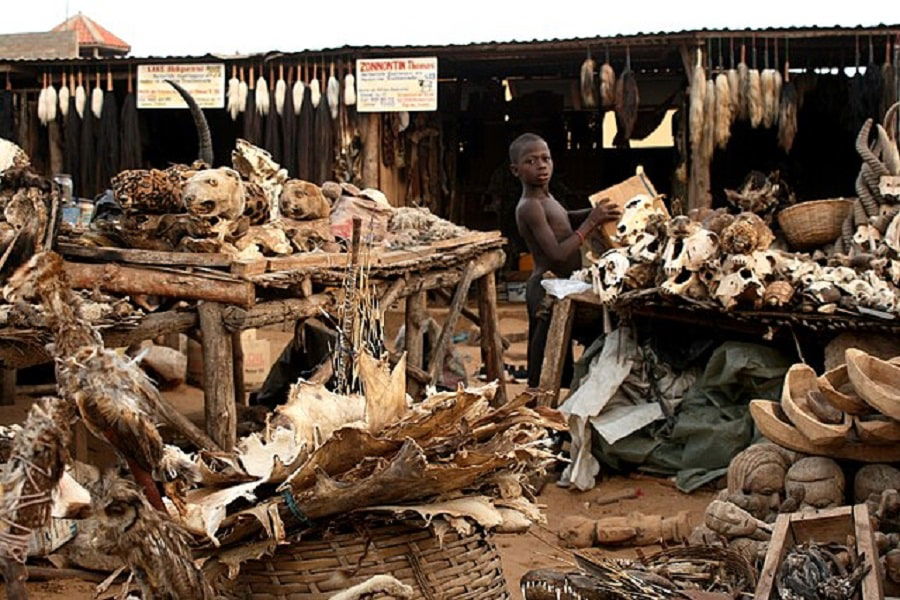
What Cultures Influenced African Mythology?
Over the course of Africa’s long history, Christianity, Islam, and Greco-Roman polytheism all have played a role in influencing African mythology.
Given the proximity of the continent of Africa to the Mediterranean and Arab Worlds, there are clear cultural influences in North Africa. Likewise, Christian missionaries were present in the region from (approximately) the 2nd century CE onwards. Thus, North Africa alone is heavily influenced by Christianity and Islam. That is only considering the influence cultures and religions from outside of the continent had on African mythology, too.
There are over 3,000 different ethnic groups in Africa alone, with well over 2,000 languages and dialects, that influence African mythology. Additionally, there are 54 sovereign countries within Africa. When it comes to mythology, some standout peoples include the Ashanti, the Yoruba, the Aksum, and the Bantu. Of course, there are thousands more from all parts of Africa.
Ashanti mythology is just a minor part of broader African myths. There are various African cultures that come into play. These different cultural groups have their own beliefs, practices, and customs, all of which influence folk religions and their perspective of the spiritual and human worlds.
As Jacob K. Olupona writes: “The diversity of the traditions themselves is tremendous, making it next to impossible for all of them to be captured in a single presentation.” Undoubtedly true, Olupona goes on to emphasize the role religion plays in African cultures at large. Traditional religions are integral to their society and way of life in spite of Christian and Islamic influences.
What are Some African Mythology Myths and Legends?
The most well-known African myths and legends are those from West African culture and North African peoples, particularly the Egyptians. The traditions of the Yoruba people lend massively to West African culture; their religion, Isese, is one of the more widely known African religions outside of the continent. Meanwhile, ancient Egypt has captured the imaginations of Westerners since the breakthrough archaeological discoveries of the 1880s.
There are lesser-known myths and legends from the regions of Sub-Saharan Africa, particularly those of Southern Africa, Central Africa, and East Africa. Ranging from fairy tales to folklore to epics, the legends of Africa deserve equal recognition. A short list of stories from Africa, from all parts of the continent:
- Any and all myths that the trickster Anansi has a role in
- Heitsi-eibib vs. Ga-Gorib
- The Akan Creation Myth
- The Feats of West Africa’s Trickster Tortoise
- The Maasai’s Origin of Cattle
- The Tales of Br’er Rabbit (see what we did there?)
- The Xhosa Myth of Izi Khaleni
- The Yoruba Creation Myth
Though purely fictional, African fables tend to bring attention to morality. The same tales that deal with talking animals getting up to mischief can send a wonderful message to children about doing “the right thing.” Several authors have attempted to relay some of the most beloved African myths to writing. The most cherished of these, Indaba, My Children, is written by a Natal Zulu tribal historian, Vusamazulu Credo Mutwa, and leads up to Portuguese contact at Africa’s west coast.
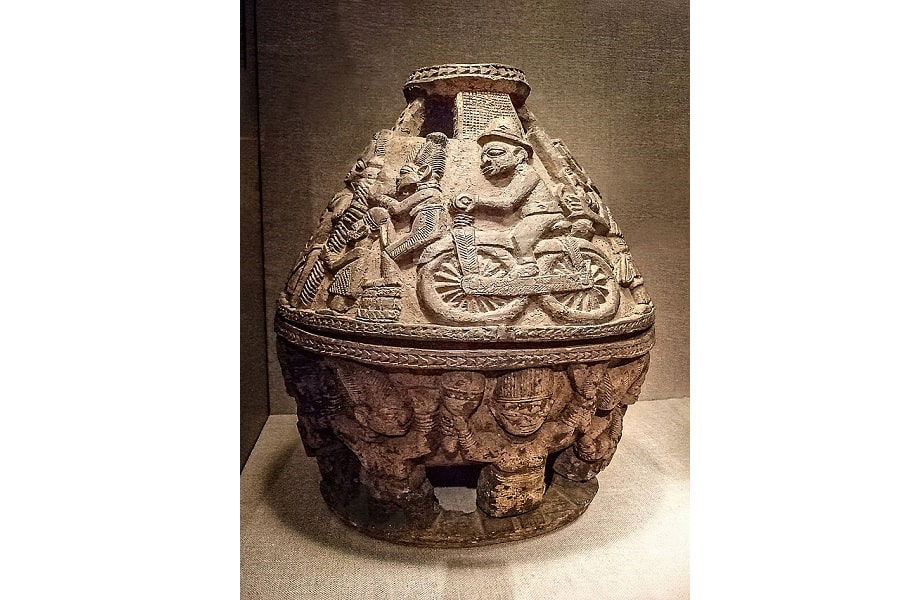
Why were Traditional African Folk Stories Passed on from Generation to Generation?
A majority of African cultures place a great deal of emphasis on intergenerational relationships. Intergenerational solidarity is one of the more pronounced facets of African groups. A community’s elders take on judicial and lore-keeping roles as the guardians of tradition. Where elders would teach younger generations all they would need to know, the younger generations in turn would care for their elders.
Most African traditional religions are based on oral tradition. That is if not all of them. Legends and lore were exclusively passed between generations for millennia.
In the early 19th century, African mythology began to appear in writing for the first time. Now, there were African scripts used, such as the Libyc alphabet, Ge’ez, and Nsibidi, but none were dedicated to recording sacred African myths. African myths have been safeguarded through the centuries by maintaining oral traditions within the African diaspora. Traditional stories and cultural beliefs survived sociocultural upheaval throughout the horrors of colonization, apartheid, and the transatlantic slave trade solely from oral tradition.
The Gods and Goddesses of African Mythology
African gods and goddesses of African myths are amongst the most illustrious supernatural beings of any world mythology. Thanks to the breadth of African mythology, one will never go wanting for something more of the gods.
Figures like the West African Anansi, the trickster god, are more universal than others. African mythology tends to feature multiple gods, with both major and minor deities having some amount of spiritual significance. It is not unheard of for deities to be known by multiple names.
In traditional beliefs, the gods could influence human life and control multiple aspects of the natural world. Generally, gods are cited as being powerful spirits, being known as Orisha to the Yoruba people, the Abosom to the Akan, and Arusi to the Igbo. Variations of these mighty spirits are also found in Vodun in the form of lwas.
Most African myths and legends feature a supreme god, although their continued presence in the world after creation varies between cultures. A creator god can be wholly involved in its creation, or be far removed. Again, this depends on the cultural groups involved in the mythology and their personal spiritual beliefs. Usually, more direct, oftentimes minor deities, get more recognition than a “supreme god” because they simply play a more active role.
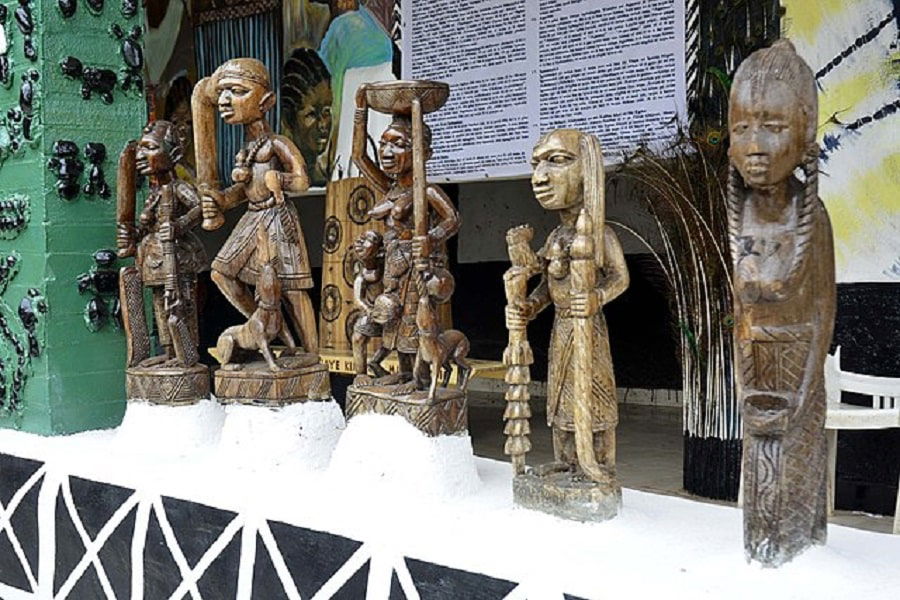
West African Deities
West African deities include those hailing from the Yoruba people (the Orisha pantheon), the Hausa people, the Igbo, and the Fula people. Many ethnic groups of West Africa belong to one of Africa’s major religions, primarily Islam or Christianity. However, there are over 100 million practitioners of traditional African religions on the continent. Outside of Africa, Yoruba religious practices have gained popularity across the Caribbean, Brazil, and Cuba.
- Amadioha
- Amma
- Anansi
- Anyame
- Asase Ya
- Eshu
- Mawu-Lisa
- Nana Buluku
- Nommo
- Oba
- Obaluaye
- Obatala
- Ogun
- Orunmila
- Oshun
- Oya
- Shango
- Yemonja
- Yurugu
East African Deities
East African deities can be found in the traditional myths of the Bantu-speaking Kaguru, Kamba, and Gisu peoples. Many aspects of East African mythos are attributed to Bantu mythology, although each tribe within the Bantu ethnolinguistic group has its own unique systems of social, cultural, and religious beliefs. East African mythology further includes the Maasai of Kenya and Tanzania, who don’t speak Bantu, but instead speak the Nilotic language Masai.
Today, the primary religions of East Africa are Christianity and traditional religions. Thus, African myths of East Africa have been influenced by Christianity in some magnitude.
- Kibuka
- Mukasa
- Ngai
- Ruhanga

North African Deities
North African deities largely originate from the oral traditions of the Amazigh, the Bedouin, Moroccans, and the Guanche people of the Canary Islands. The Amazigh have inhabited much of North Africa since the 5th century BCE. They are considered amongst the oldest indigenous peoples of North Africa.
North Africa consists of the countries of Libya, Morocco, Egypt, Sudan, and Algeria, among others. With North Africa being counted as a part of the Arab world, Islam’s influence on North African traditional beliefs comes without surprise. Today, Islam is the most practiced religion in North Africa, which has naturally influenced indigenous religions of the region over the centuries.
- Achaman
- Achuguayo
- Anzar
- Baal
- Chaxiraxi
- Guayota
- Gurzil
- Magec
- Tanit
READ MORE: 35 Ancient Egyptian Gods and Goddesses
South African Deities
The traditional deities of South Africa hail from indigenous tribes such as the Xhosa, Zulu, and Sotho. Today, nearly 80% of those in South Africa practice Christianity. The religion was introduced to South Africa sometime after Dutch colonization in the 17th century CE. Much like Islam’s influence on the traditional African mythology of North Africa, Christianity has impacted South African folk beliefs.
- Inkosazana
- Mbaba Mwana Waresa (Nomkhubulwane)
- Modjadji, the Rain Queen*
- Mwari
- Nomhoyi
- Umvelinqangi
- Ungungi
*The Rain Queen is the stuff of legends, and she’s still around today! Traditionally the queen of the Balobedu tribe, the current Rain Queen is Masalanabo Modjadji. She was crowned in 2023 as Queen Masalanabo II Modjadji VII at the age of 18.
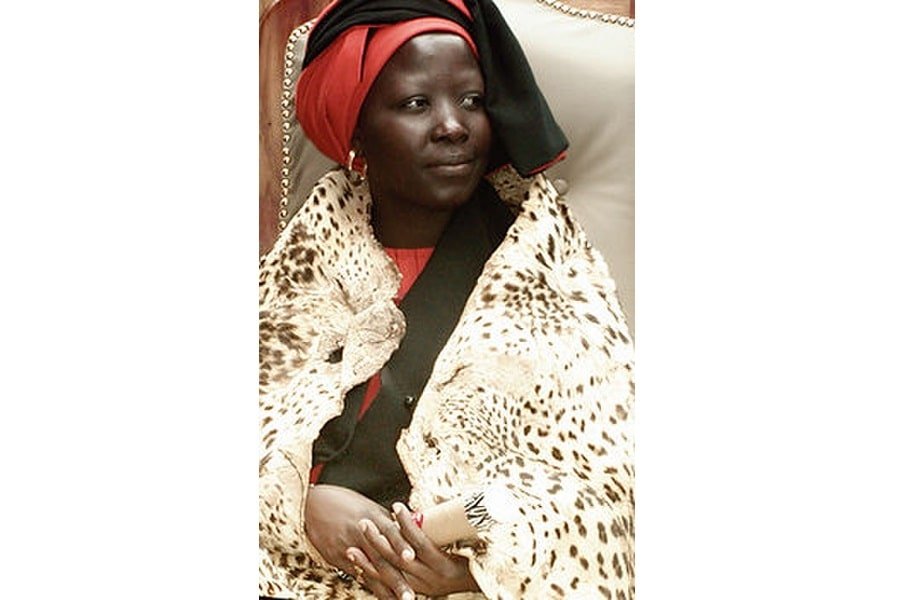
Central African Deities
Central African deities can be found throughout the traditional stories of the Kongo, the Dukpu, the Vidiri, and the Ngbandi peoples. Much of Central Africa includes the countries found within the Congo River region. The Congo River Basin is also where the rainforests of Central Africa could be found, with other verdant forests extending out to West and East Africa. Although within Sub-Saharan Africa, Central Africa remains culturally and religiously unique compared to other sub-regions.
- Adroa
- Adro
- Mbombo
- Nzambi a Mpungu
- Nzambici
How Many African Gods and Goddesses Are There?
Since African folk religions are based on complex oral traditions, it is impossible to say just how many African gods and goddesses there are. More often than not, characters that have similar myths and cultural roles have completely different names depending on the region the legend originates from.
To get an idea of the number of African gods and goddesses there are, we can look at what has currently been uncovered regarding African mythology. The Egyptian pantheon of North Africa alone had over 2,000 deities. In Yoruba mythology, there are 400+1 Orishas (the +1 implies that there is truly an infinite number we cannot comprehend). Thus, one can only imagine the breadth of other African pantheons.
African Mythology Creatures
The creatures of African mythology are as unique as the cultures they come from. Most are harmless, while others can do some damage if not appeased. Within African myths and legends, creatures act as a way to explain the unexplainable. Like, someone’s seemingly inexplicable display of extraordinary skill and knowledge makes a whole lot of sense if a mermaid taught them a thing or two. Also, a humongous fish with an entire world in its stomach totally controls the water flow in Delagoa Bay.
READ MORE: Who Invented Water? History of the Water Molecule
Mythical creatures tend to be an extension of their environment. Where there is water, there are water spirits; where there is lush vegetation, there are creatures maintaining it; so on and so forth. Now, mythological creatures are usually benevolent. Their other halves, the monsters of myths and legends, represent the darker side of the natural world.
- Chipfalamfula
- Eloko
- Jengu
- Njuzu
- Shetani
- Yumboes
- Zankallala
African Folk Superstitions
Superstitions are as relevant to society today as they were to our ancestors thousands of years ago. Sure, we’ve adapted to societal changes, and many superstitions have become modernized, but it would be a lie to say most folks aren’t superstitious.
Nearly all African cultures have their own set of superstitions. For example, some African peoples regard twins as bad omens, while others see twin births as semi-sacred, being innately connected to the spirit world. James Adewumi of the University of Missouri specifically analyzes the social, spiritual, and cultural role of twins in Iron Age Africa in his journal entry, “Twins in West African Culture and Society of the Iron Age.”
Although there is an undoubted variety found throughout the traditional religions of Africa, the veneration of dead ancestors remains consistent. In many African cultural beliefs, human spirits would take on supernatural forms: yumboes are just one iteration. African peoples traditionally regarded the spirits of the deceased as invisible beings that could influence worldly affairs. By the same extension, some cultures believed they could be reincarnated within their respective bloodline.

African Mythology Monsters
A great number of African mythology monsters include evil spirits that, oftentimes, take a human form. A significant aspect of African monsters is their ability to seemingly fit in a classic wolf in sheep’s clothing. Such is especially true with the Angolan Kishi and pan-African werehyenas. As supernaturally horrifying as they are, the monsters of African legends highlight the very real fears early humans on the continent had.
READ MORE: How Long Have Humans Existed?
Between sudden floods sweeping people away and sporadic disappearances after wandering too far into wetlands and jungles, there were tons of things to fear.
Though hyenas were (and are) a prevalent threat, there are bigger and fiercer animals than hyenas. The ninki nanka, the kerit, and the sasabonsam are all legendary animals that could be just as dangerous, if not more dangerous, than the opportunistic hyena.
- Aigamuxa
- Emela-Ntouka
- Impundulu
- Inkanyamba
- Kishi
- Ninki Nanka
- Nzefu-Loi
- Popo Bawa
- Rompo
- Sasabonsam
- The Nandi Bear/Kerit
- Tokoloshe
- Werehyenas
Again, spirits play an instrumental role in African mythology. Some are gods, some are supernatural beings, and some are plain ol’ monsters. Whereas human spirits exist in pan-African traditional beliefs, evil spirits do as well. Proximity to the Mediterranean and Arab Worlds lead to these malicious manifestations being equated with Islamic jinn and Christian demons.
African Mythological Heroes
Ancestral kings and mythical African warriors are among the most famous heroes in African mythology. The most celebrated legends involve cultural heroes, like the famed Queen of Sheba, Makeda, as she is attested in the Ethiopian epic, Kebra Nagast. However, some of the most popular heroes of African mythology could include mythic ancestors unique to a specific tribe or region.
It is unlikely that the names of African heroes we are familiar with are the only ones out there. Various peoples and communities hold different beliefs, leading to a swell of unnamed cultural heroes. Moreover, there is a tendency to honor local spirits unknown to individuals outside of the culture. The names of African mythological heroes that are widely known are only the tip of the iceberg.
- Aiwel Longar
- Anansi (yes, the trickster spider god is also a cultural hero!)
- Kejok
- Kwasi Benefo
- Libanza
- Lituolone
- Ogboinba
- Ozidi
- The Queen of Sheba
Gods – specifically, a creator god – are also common heroes in African mythology. They can take the form of a progenitor or a figure that teaches mankind how to survive. A popular heroic figure is the West African god of strength in the Yoruba religion, Aganju. Once a mighty Oyo Alaafin, Aganju became an Orisha posthumously; he is associated with the Yoruba god of thunder, Shango.
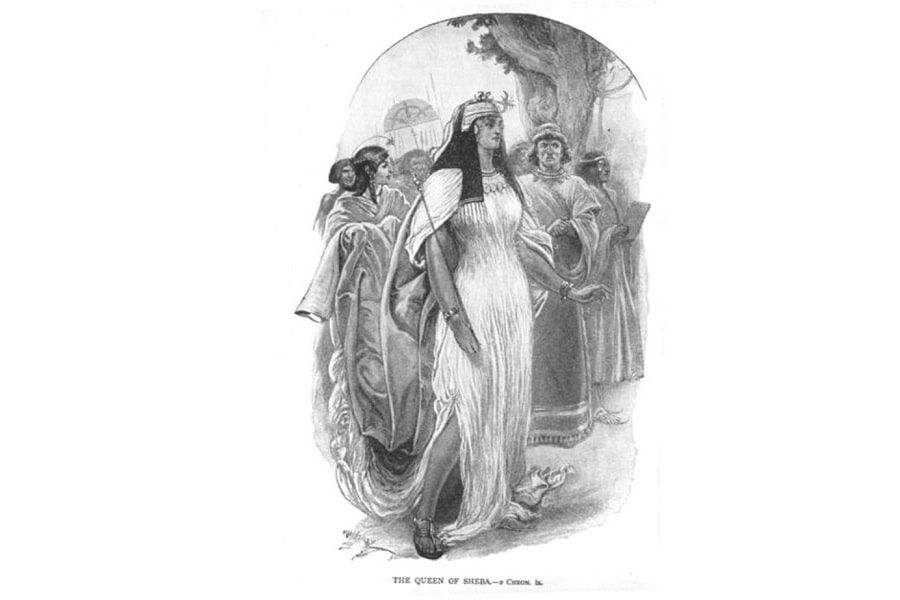
The Art of African Mythology
There is a bountiful amount of art that contributes to the traditional stories of Africa. Historically, ancient art played a remarkable role in understanding various myths and legends. Many art pieces were – and still are – functional in their religious roles. Artifacts like the many chiwara of the Bambara people or the many ceremonial masks from across Africa are some of the most iconic artworks.
Meanwhile, artists of the modern era have taken up the mantle, celebrating traditional African religion and myths through various mediums. Harmonia Rosales is just one of the world’s more recently recognized artists. By adapting the mythology of the Yoruba people of West Africa to the canvas, Rosales’ “Entwined” has wonderfully captured West African mythology unlike ever before.
The art of African mythology dates as far back as 77,000 years ago. Among these are an ancient stone snake statue found at the UNESCO World Heritage Site, Tsodilo, which also features stunning rock wall art. Tsodilo is also a significant location for the San people, whose folk tales regard the hills as resting places for the spirits of the dead.
Oral tradition may have relayed myths and legends, but artwork – everything from pigmented cave paintings, carvings, glassware, woodworks, ceramic, and metalworks – is among the most compelling aspects of African mythology. Unlike ancient art of the Western World, African artwork did not attempt to depict the gods. Despite polytheistic practices and venerating multiple gods, no ancient art goes out of its way to depict them. This includes both major and minor gods.
- The Benin Bronzes of the Edo Kingdom
- The Golden Rhinoceros of Mapungubwe
- Kpeliye’e Masks
- Kuba Ndops
- Nok Terracotta
Theater’s Role in Ancient African Mythology
As we have seen in most ancient civilizations and cultures, theatrical performances were a form of religious celebration and expression. In African theater, ritual worship more often than not constituted the theatrical features. Costume – oftentimes including masks – would be worn as dancers took the role of famous characters. Tellings of short legends and fantastical feats would be shared over rigorous, captivating performances.
Since the theater was innately tied to ritual and religious observance, modern forms of archaic traditions can still be found today. Some of Africa’s most iconic festivals from the Mende masquerade to the Ouidah Voodoo celebrations have ancient roots. Also, since the festivals stage a multitude of public performances, many count as theater.
African myths were – and are – shared through theater, dance, and other artistic outlets. There are tragedies, hero tales, romances, and comedies. These performances are valued by practitioners within the continent and those of the global African diaspora.
Over the years, African theater has adapted as a result of social, cultural, and environmental changes. Post-colonial plays are less spiritually-driven, and instead focus on material that deals with the “here and now.” Of course, plays inspired by religion and spirituality are still performed. Rather, what has changed is African artists’ access to different forms and methods of self-expression.
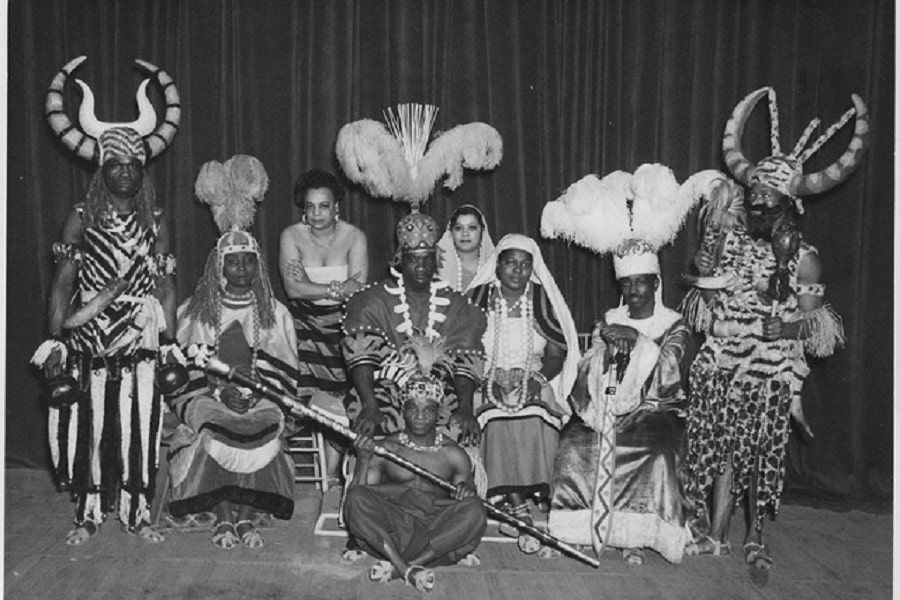
African Mythology in the Modern Era
The mythology of traditional African religions is far from dead. In fact, renewed interest in the many religions of Africa has led to an influx of individuals willing to learn the ancient practices. However, African mythology is still by and large communicated through oral traditions.
Oral traditions tend to be shared exclusively between the generations of a specific community. Many African myths have been able to survive for so long because of intergenerational socialization and respect.
The religions and mythologies of the African diaspora are still, consistently, bearing the vestiges of traditional African animism and polytheism. Reverence for the natural world remains to be a stepping stone in many religious sects. The belief that deceased human spirits exist in a liminal, otherworld tends to also be the case. Overall, spirit worship and ancestor veneration continue to be critical features of diasporic religions like Haitian Voodoo.